Sony A900: A Closer Look at 24.6MP Resolution and Noise
by Wesley Fink on October 27, 2008 2:00 AM EST- Posted in
- Digital Camera
Sony A900 vs. Nikon D700
Before we begin our noise comparisons we asked the question, "How do you actually compare a 12MP full-frame sensor to a 24.6MP full-frame sensor?" This question is important since the same image shot with the A900 from the same position with the same lens will contain twice as many pixels in a given picture area than an image shot with a 12MP sensor. This was a moot point when image resolution went from 8 to 10MP or 10 to 12MP, but the Sony sensor is double the resolution of competing full-frame cameras and the question becomes more important.
Any who have printed large images from a digital file will immediately understand our question. It is very clear that a larger noisy image when printed smaller often looks like it has very low noise. This is why we often say noise would be good enough for small prints but not for big enlargements. The noise becomes more apparent as the image size is increased.
Our tests didn't land on either side of this issue. Instead the decision was made to provide both same pixel size crops and 0.5x crops; the latter represent the same area of the image as the 12mp cameras in each capture. The same pixel crops are 150x250 actual pixels captured from both images. The 0.5x crops are twice the number of pixels in a 212x353 capture that has been adjusted from the standard 350dpi to 248dpi so the crop you are viewing is approximately the same size as the crop from the 12MP camera. That is the reason for the two crops for the Sony A900. The regular view is a pixel-level 150x250 crop, while the 0.5x is a double the pixels crop adjusted for the same image area as the 12MP crop. We will leave it to you to decide which is the more relevant of the two crops for the A900.
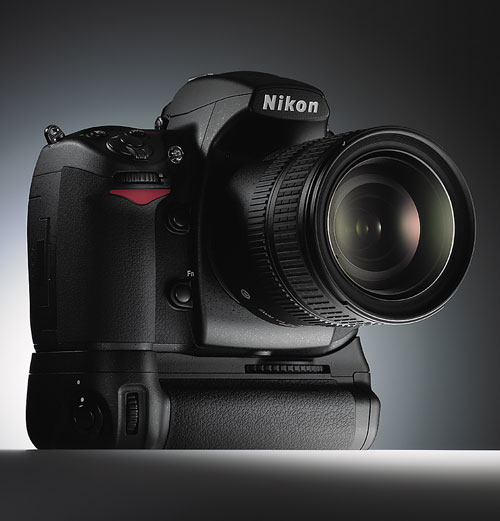
The Nikon D700, which was introduced just a couple of months ago, uses the same full frame sensor used by Nikon in the $5000 D3. The incredibly wide ISO sensitivity range to an expanded 25600 is also maintained, but the price has been reduced to just below $3000. The Nikon D700 also features one of the fastest burst rates in the full-frame class at 5 FPS, and that can be extended to 8 FPS with the battery grip powered by the Nikon Pro battery or six AA cells.
Looking at the 0.5x samples for the A900 it is hard to escape the fact that looking at noise alone the Nikon D700 is about two stops better than the A900 in high ISO performance. The D700 ISO 6400 output is very similar in noise to the A900 at ISO 1600. Similarly, the A900 ISO 3200 and 6400 compare to the D700 ISO 12800 and 25600. Noise is only part of the A900 story, however. If you look closely at the amount of detail in the A900 crops and pixel peep the full images, you will see the A900 captures more detail than the D700 - even at high ISOs when noise begins to intrude in the A900 images.
The high ISO performance of the Nikon D700/D3 sensor, as everyone already knows, is without equal. That should not come as a surprise since the pixel density of the Sony A900 is double the Nikon D700. On the other hand, nothing currently on the market really comes close to the resolution and detail captured by the A900 sensor. Those who thought 24.6MP would make little difference are just wrong, as the increase in captured detail is very clear.


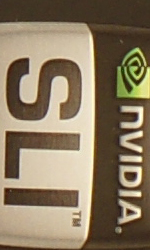


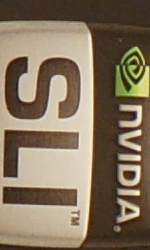
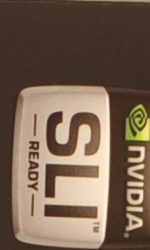
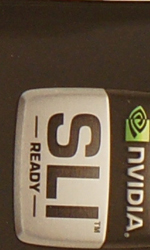
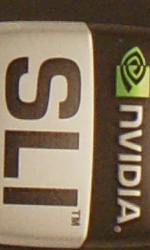
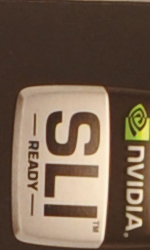
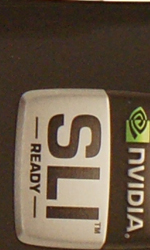
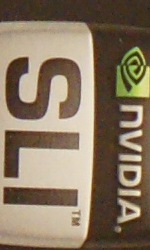
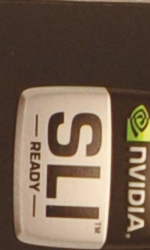
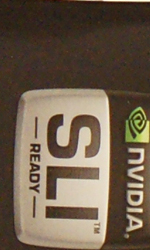

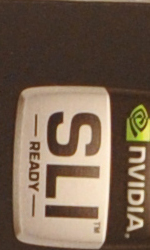
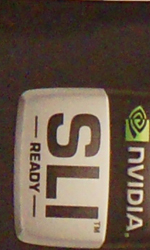
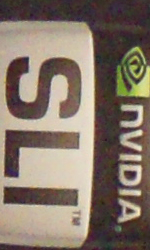
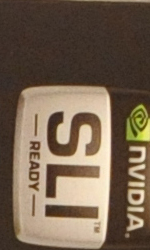
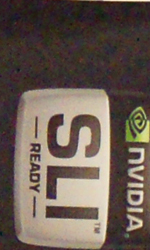
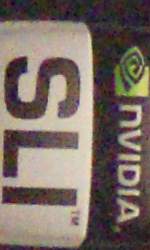


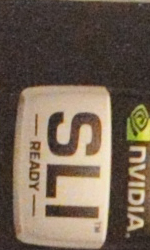









45 Comments
View All Comments
Heidfirst - Wednesday, October 29, 2008 - link
Wesley has already said that these are out of the camera jpegs at default settings & every manufacturer has different values for settings even if they may use the same names for them.If you want sharper out of the camera JPEGs then simply set more sharpness.
Or as a semi-pro you'll probably be using RAW & you'll be used to having to sharpen in pp anyway.
jamesbond007 - Thursday, October 30, 2008 - link
RAW images, which typically have zero sharpening (or any in-camera adjustments made) are sharper than the images provided.TariqGibran - Wednesday, October 29, 2008 - link
Your statement:"Sony sensor is double the resolution of competing full-frame cameras"
is technically incorrect. You also made this same statement in your initial review of the a900. In order to double the resolution, one must quadruple the megapixels, not just double them.
Wesley Fink - Wednesday, October 29, 2008 - link
You are talking about doubling the SIZE of the sensor, which is, as you point out, four times the resolution. Most readers would consider 12 MP double the resolution of a 6 MP sensor. I therefore stand by my description that the A900 at 24.6 megapixels doubles the resolution of the 12 megapixel full-frame competitors.sxr7171 - Monday, November 3, 2008 - link
I think that's a misconception that you should not perpetuate. It is the responsibility of the educated reviewer to inform people about linear resolution. That is the only number that truly speaks about how large you can print the image at a given DPI. Sure you could make the argument that twice the pixels is twice the detail and I wouldn't object but the ability to resolve two different points on either axis is a product of linear resolution. Please don't perpetuate the megapixel myth people are already clueless about the true meaning of the megapixel count and while the 24.8MP is nice for well lit, low action studio type shots most people really need something to shoot action with and talking about increased detail of 24MP vs 12 MP is something that is not important unless you want to shoot to make posters.TariqGibran - Wednesday, October 29, 2008 - link
You are incorrect. Look it up. You are only doubling the MP, not the linear resolution which is what we look at when we speak of resolution in regards to a digital sensor in this context. This is basic stuff any reviewer should be aware of and its sort of an embarrassment to the site and review that you do not know this. No knowledgeable reviewer would claim that 24MP gives double the resolution of 12MP. The fact that you stand by this inaccuracy is even more troublesome. Do some research.Wesley Fink - Wednesday, October 29, 2008 - link
I did try to look up your claim when you first made it in your comments to the A900 preview. I found nothing that corroborated your claim. We tried to look up your CLEAR definition of double resolution as 4 times the number of pixels again and found nothing to indicate that.It is not that we doubt you, but without any references to substantiate what you say it is not reasonable to make changes. If you have the "proof" you say is so easy to find please send us some links and we will take a look.
The 24.6 megapixel A900 does have twice as many pixels as the Nikon D3/D700 and Canon 5D.
melgross - Thursday, October 30, 2008 - link
Doubling the number of pixels increases the resolution by 39% (approx), but doubles the pixel DENSITY.This isn't in question.
lsman - Tuesday, October 28, 2008 - link
On first page,That resolution performance is amazing when you consider the 24.6MP Sony A700 is just $3000
You meant A900 is just $3000
Wesley Fink - Tuesday, October 28, 2008 - link
Thanks for bringing this to our attention. Now corrected.